The rush to become a tech hub raises questions about Toronto’s independence and just who will control the city’s valuable Port Lands.
Sidewalk Toronto is a joint effort by Waterfront Toronto and Alphabet’s Sidewalk Labs to create a new kind of mixed-use, complete community on Toronto’s Eastern Waterfront, beginning with the creation of Quayside, a 12-acre former industrial site at Queens Quay E. and Parliament St. (PHOTO PROVIDED BY SIDEWALK TORONTO)
Waterfront Toronto’s eagerness to sign a deal with a Google sister company has alarmed experts who warn cities are easy prey for Big Tech and its unquenchable thirst for data.
“Google isn’t going to be creating these urban innovations for the public good or the common welfare,” says Jathan Sadowski, a postdoctoral research fellow in Smart Cities at the University of Sydney in Australia.
“They’ll be doing things — as we should expect them to — that will benefit their own interests as a private company, as one of the most profitable, most wealthy companies in the world.
“The Google-Toronto partnership is a really high-profile thing and it’s likely to set the terms and conditions for how these partnerships happen in other places around the world. Companies are carving out portions of cities as their own kind of sovereign territories.”
Toronto’s emergence as a global tech hub was cemented last fall with news that Sidewalk Labs, the urban innovation firm of Google parent Alphabet Inc., won a competitive bid to be Waterfront Toronto’s “innovation and funding partner” for Quayside, a 12-acre former industrial site at Queens Quay E. and Parliament St.
Not mentioned at the glitzy launch was the fact that board members of Waterfront Toronto, a city, Ontario and federal partnership, had only four days to review the “framework agreement” — a deal to work with Sidewalk Labs for a year on development plans — before signing.
Julie Di Lorenzo, chair of the agency’s investment and real estate committee — responsible for reviewing and evaluating “major development projects” — voted against the framework agreement, expressing alarm at the process’ “accelerated manner,” minutes of that meeting show.
Waterfront Toronto did not share agreement details with the governments that fund it before the Sidewalk Labs announcement, according to a city report that says future deals must be shared in advance for a “thorough review.” No city councillor except for Denzil Minnan-Wong, the city’s representative on the Waterfront Toronto board, has seen more than a summary — released under pressure — and he says Torontonians need to see the full agreement public.
“It’s happening very, very quickly, this deal,” Minnan-Wong, noting Sidewalk Labs makes no secret of the fact that some of its urban experiments would spill beyond Quayside into the 800-acre Port Lands owned mostly by the City of Toronto.
“How can Waterfront Toronto enter into any negotiation on something they have no claim to, no property rights for?” The land is in the city’s ownership, and we haven’t given away claim to 800 acres that are the crown jewels of the city, arguably the most valued land in North America.
“We have to be very careful not only how we plan that community, what we use the land for, but how we can maximize the financial benefits associated with that for the city.”
Sidewalk Labs’ role in developing waterfront land, unlocked by the promise of $1.25-billion in government-funded flood protection, remains unclear as work continues on an agreement expected later this year that, if signed by both parties, would formalize the Quayside project dubbed “Sidewalk Toronto.”
Manhattan-based Sidewalk Labs says it wants to build “the first truly 21st-century city,” developing and piloting revolutionary technologies for urban living.
In a January question-and-answer session on Reddit, Sidewalk chief executive Dan Doctoroff envisioned his company as “the co-master developer with Waterfront Toronto. That role includes developing a plan and a vision that the community and its elected officials can rally around and be excited about, working to get the plan approved, and overseeing the eventual development of infrastructure” with many other companies involved.
While the land is undeniably valuable, observers say it is the promise of endless streams of datafrom custom-connected communities, with sensors monitoring and recording almost all manner of life that has Google, Microsoft and other tech giants salivating.
Sidewalk’s assurances that it envisions making money from licensing new technologies created in the high-tech district, rather than selling data, are not allaying fears.
“Data is now essentially a form of capital — it’s necessary not to just run advertising and marketing, it’s essential capital to build artificial intelligence,” says Sadowski. “Data itself is so valuable to these companies that it’s not surprising they’re going to collect as much of it as possible, and it doesn’t need to be pegged to a certain person for it to be valuable and for them to use it in a myriad of different ways.”
Cities, many of them cash-strapped and open to outsourcing powers such as traffic and zoning controls in the name of innovation, will be no match, say observers including Rana Foroohar, author of Makers and Takers: The Rise of Finance and the Fall of American Business. Amazon has cities including Toronto fighting for that tech giant’s second headquarters in an unprecedented Olympic bid-style competition.
“These firms sell themselves as innovators and job creators but they create far fewer jobs than even the previous generation of tech firms such as Microsoft or IBM,” says Foroohar, who also writes for the Financial Times. “I would argue the balance of power is very much in their favour. Public officials need to think about that when they are negotiating these deals and that’s why ownership of data, monetization of data, needs to be at the forefront.”
Sidewalk Labs hired Ann Cavoukian, the former Ontario information and privacy commissioner, as a privacy consultant. In an interview she said both the Google company and Waterfront Toronto are taking very seriously her advice to build into all their plans the need to anonymize all collected data to protect personal privacy. But who actually owns that data? “That is not my concern — I am only looking at privacy,” she said.
Doctoroff has said: “We’re not going to use data for commercial purposes. Data will be used to improve quality of life. Processes used to develop policies will be open and collaborative.”
Micah Lasher, Sidewalk Labs’ head of policy and communications, told the Star in an email “there is no data-sharing agreement between Google and Sidewalk Labs.”
Waterfront Toronto hired its own “digital governance” consultant. It says “the rights and governance related to intellectual property for Sidewalk Toronto will be defined in subsequent agreements that occur throughout the year-long joint planning process between Waterfront Toronto and Sidewalk Labs… We are already thinking together about how to implement best practices that maximize open data and that could help citizens, civic groups,and innovators bring new ideas to the district.”
Such assurances are not enough for some experts, who note Sidewalk Labs is pitching the district as a “platform” upon which many other private companies will build. If somebody visits a friend in Quayside, will they get the option of becoming invisible to all the sensors, and how would that work?
Renee Sieber, a McGill University expert on governments’ use of technology and data, says tech industry rhetoric casts cities as dumb, in need of “smart” gadgetry to make them efficient. She wants “slow” cities.
“Cities are slow for a reason, they are inefficient for a reason. Being effective is not the same thing as being efficient. If you want to help poor people, if you want to help minorities — that’s not efficient. That’s very expensive, so governments have to be there to be fair and accountable.”
Sidewalk Toronto is holding its first “public roundtable” March 20 at 6:30 p.m. at 351 King St. E., 17th floor



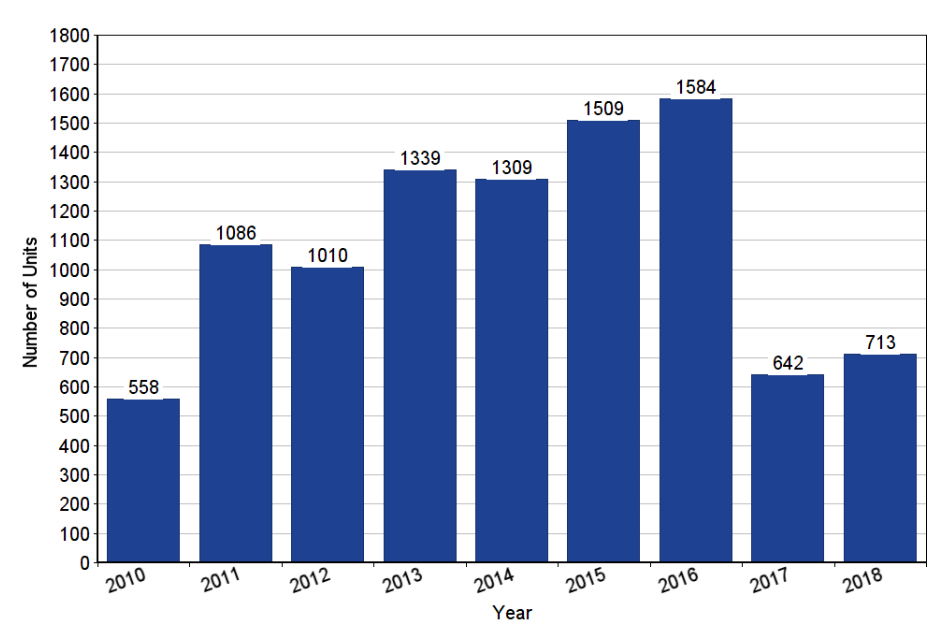


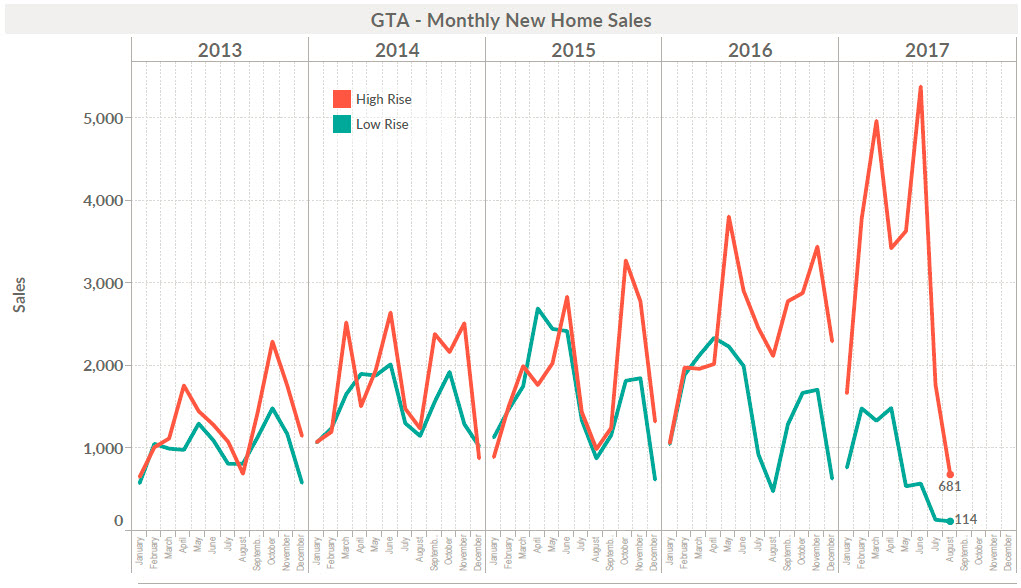
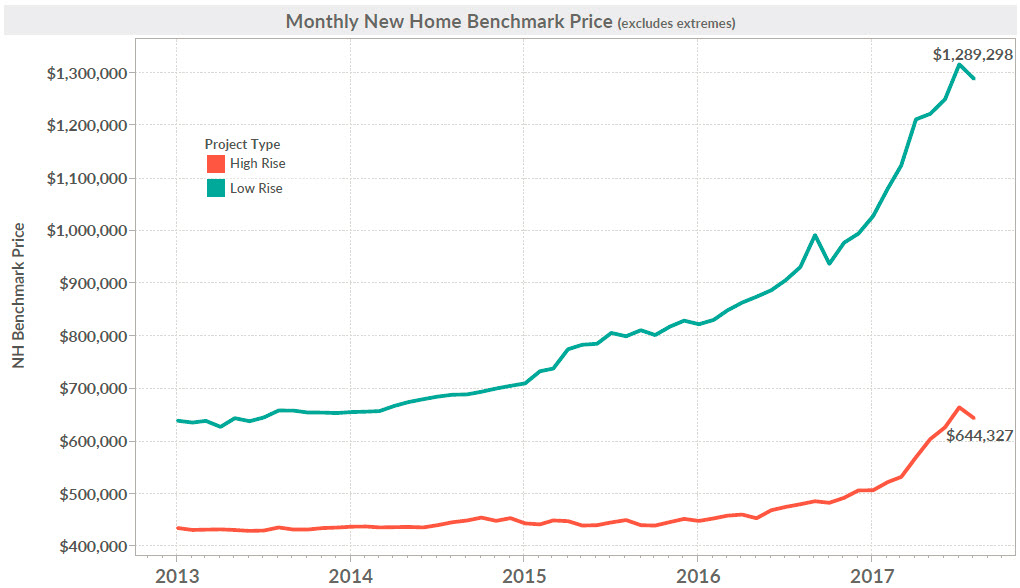
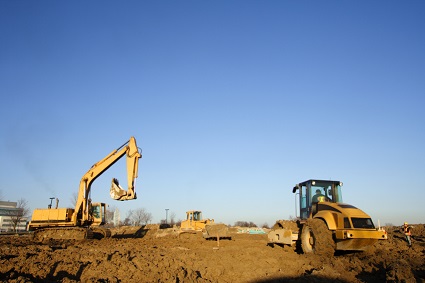
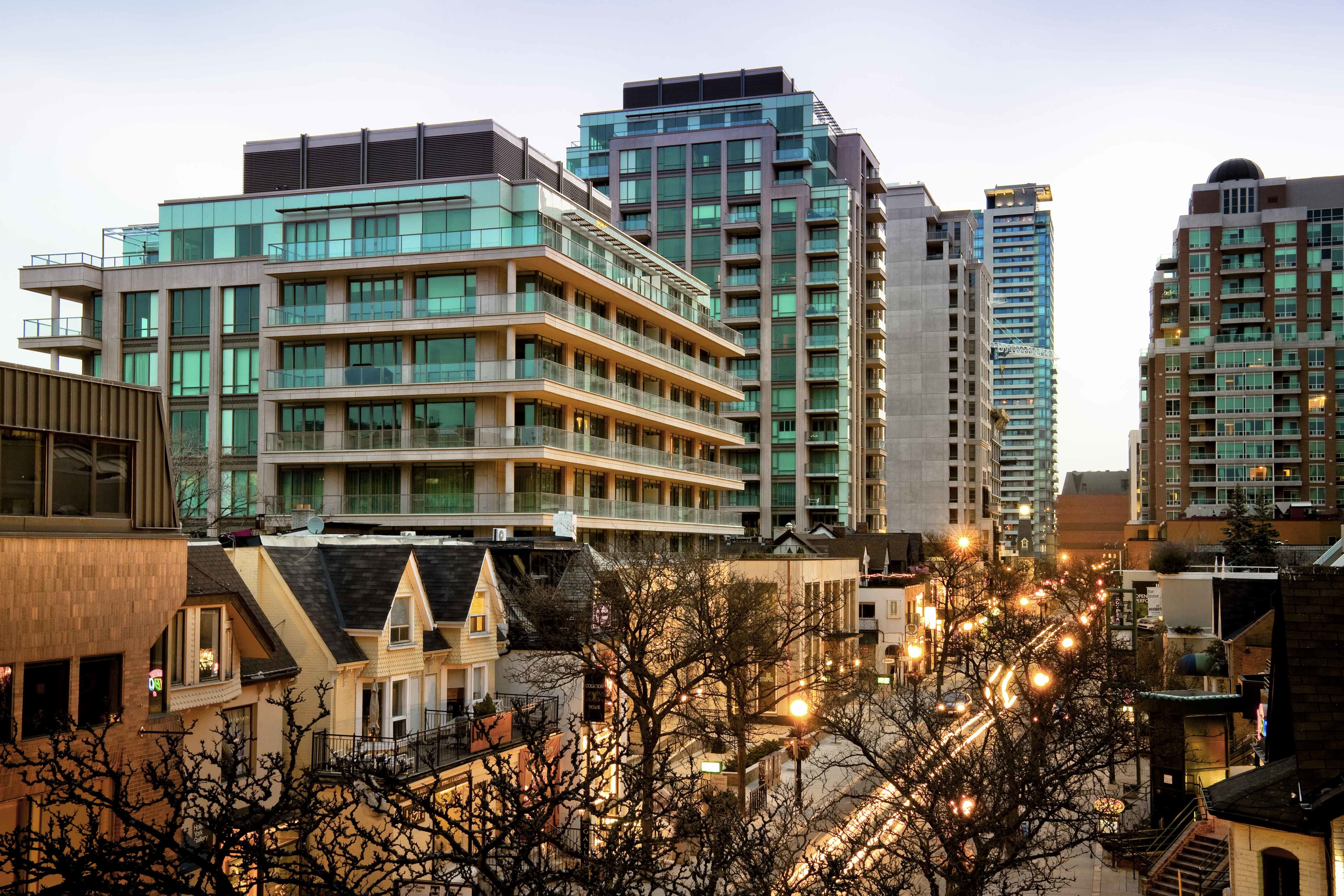
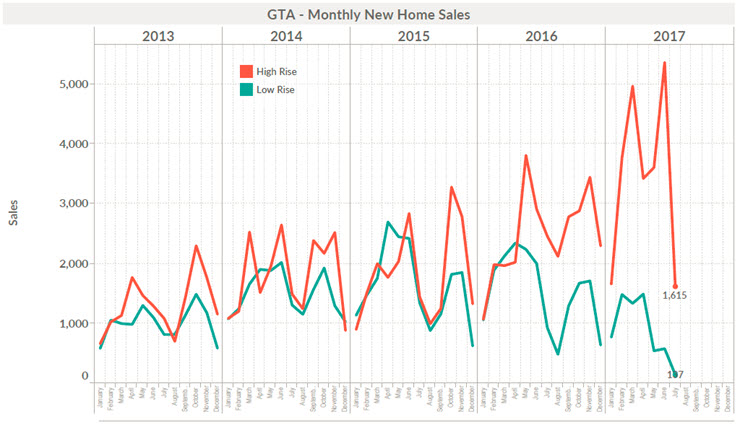
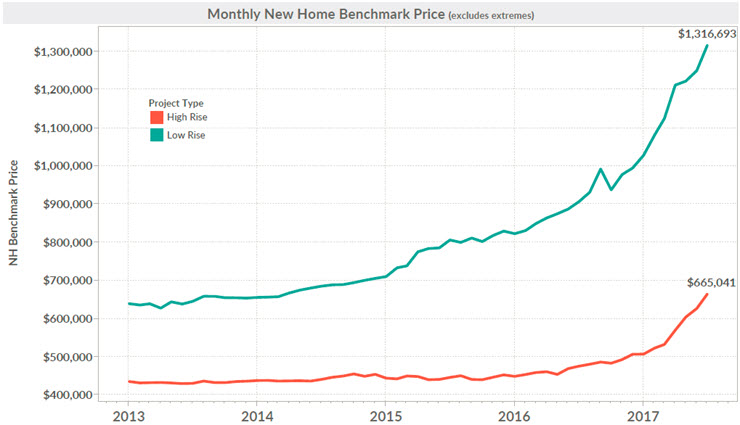
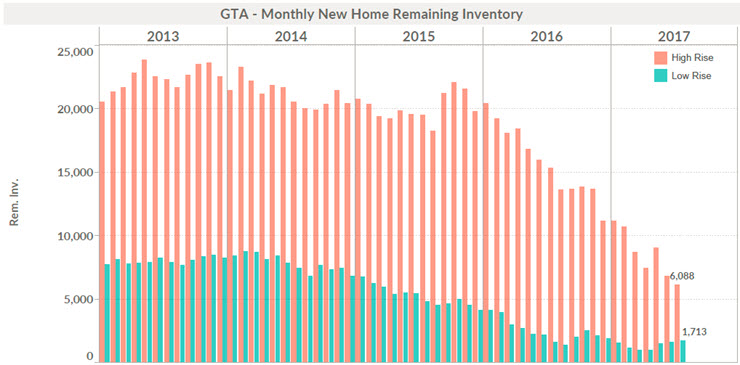


 Maziar Moini, Broker of Record - Home Leader Realty Inc.
300 Richmond St. W., #300, Toronto, ON M5V-1X2
Maziar Moini, Broker of Record - Home Leader Realty Inc.
300 Richmond St. W., #300, Toronto, ON M5V-1X2

